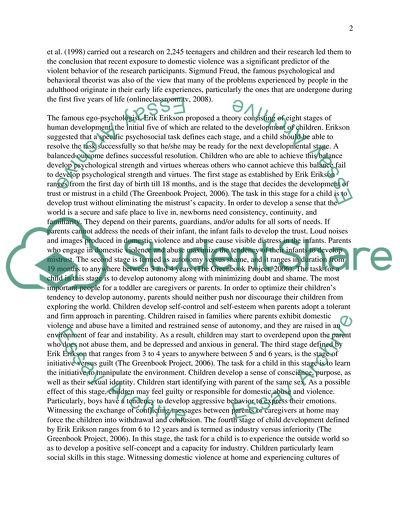Cite this document
(“Violent relationships. Discuss the impact and possible effects of Essay”, n.d.)
Violent relationships. Discuss the impact and possible effects of Essay. Retrieved from https://studentshare.org/law/1634021-violent-relationships-discuss-the-impact-and-possible-effects-of-witnessing-domestic-violence-as-a-child-use-psychological-theory-to-explain-your-answer
Violent relationships. Discuss the impact and possible effects of Essay. Retrieved from https://studentshare.org/law/1634021-violent-relationships-discuss-the-impact-and-possible-effects-of-witnessing-domestic-violence-as-a-child-use-psychological-theory-to-explain-your-answer
(Violent Relationships. Discuss the Impact and Possible Effects of Essay)
Violent Relationships. Discuss the Impact and Possible Effects of Essay. https://studentshare.org/law/1634021-violent-relationships-discuss-the-impact-and-possible-effects-of-witnessing-domestic-violence-as-a-child-use-psychological-theory-to-explain-your-answer.
Violent Relationships. Discuss the Impact and Possible Effects of Essay. https://studentshare.org/law/1634021-violent-relationships-discuss-the-impact-and-possible-effects-of-witnessing-domestic-violence-as-a-child-use-psychological-theory-to-explain-your-answer.
“Violent Relationships. Discuss the Impact and Possible Effects of Essay”, n.d. https://studentshare.org/law/1634021-violent-relationships-discuss-the-impact-and-possible-effects-of-witnessing-domestic-violence-as-a-child-use-psychological-theory-to-explain-your-answer.


